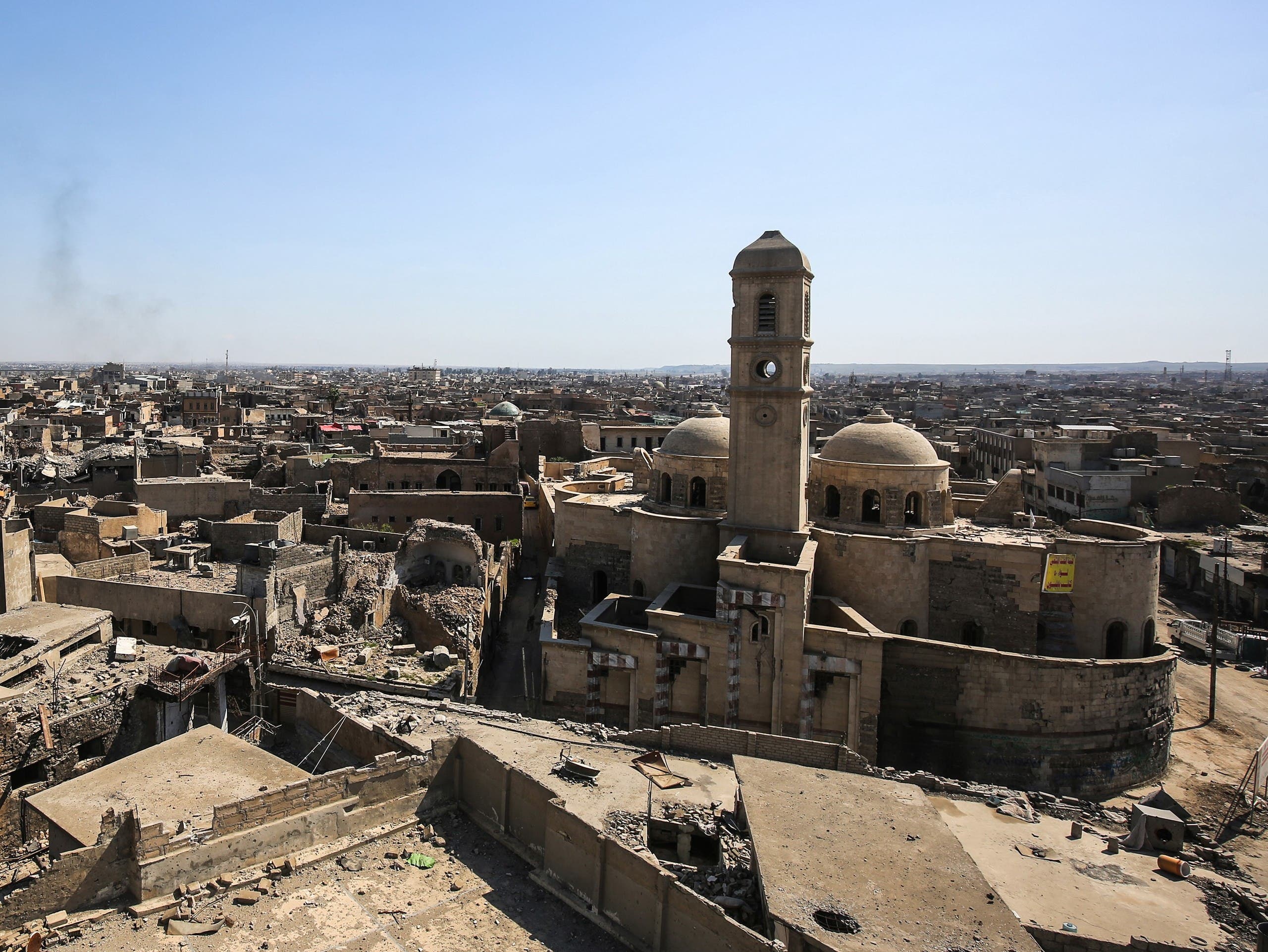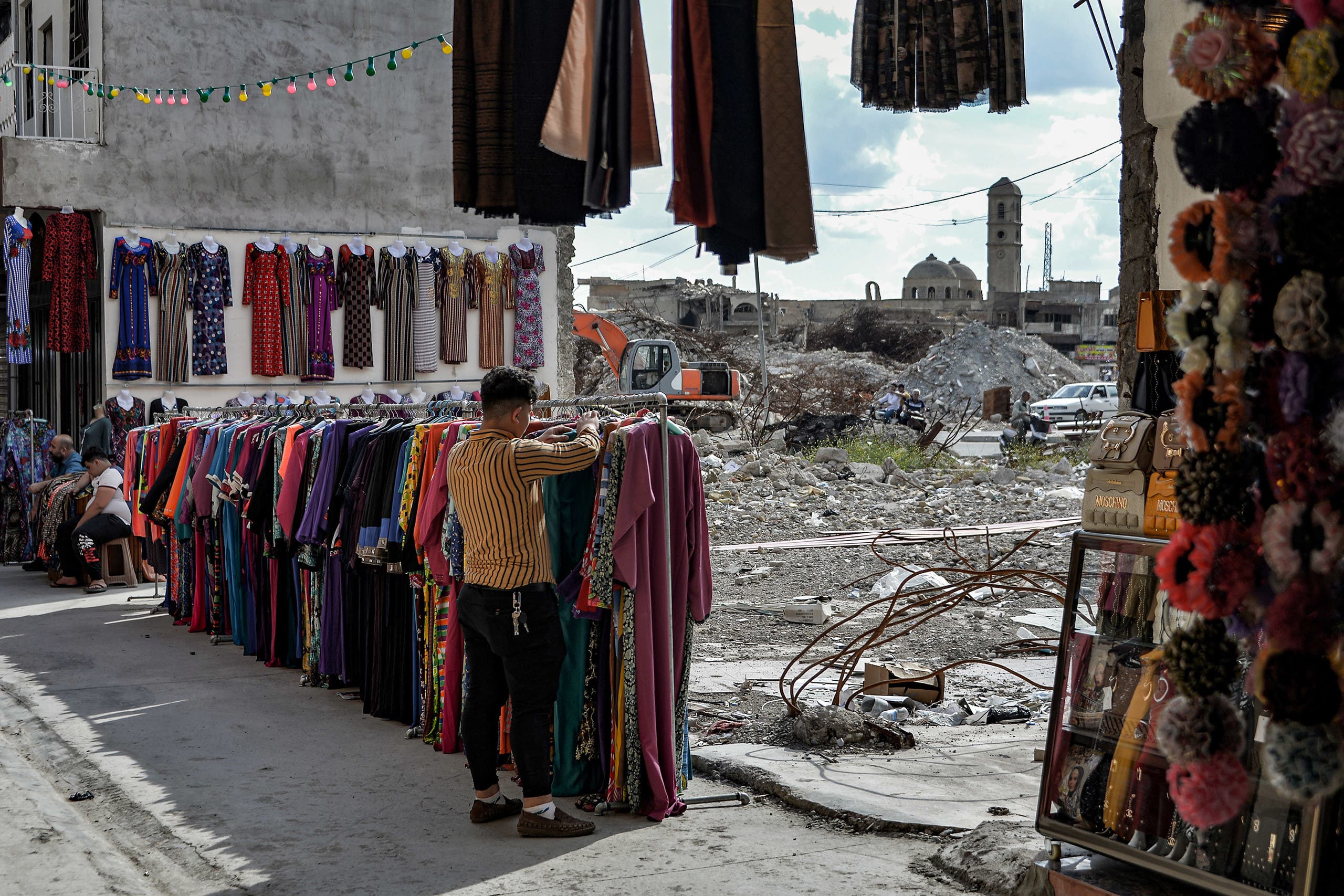As many churches around the world face dire financial straits and struggle to survive due to the coronavirus pandemic, one church is rising from the ashes in the most unlikely of places: former ISIS territory.
ISIS, which ruled the Iraqi city of Mosul from 2014 to 2016, damaged or destroyed every church in the city including the “Our Lady of the Hour” Church, also known as Al Saa’a Church.
Established in the 19th century, the Our Lady of the Hour church was the base for the Roman Catholic parish in Northern Iraq and Kurdistan – until ISIS damaged its structure, looted and ransacked its convent, and drove its worshippers out of the area.
Now the historical monument is being rebuilt through a partnership between UNESCO, the United Arab Emirates, and the Roman Catholic Dominican order. Christians and Muslims have joined forces for the initiative, part of UNESCO’s “Revive the Spirit of Mosul” project.
The remnants of the church are evidence of the solid Christian presence the city once had, before ISIS drove out religious minorities under the threat of death.
About 50 Christian families remain in Mosul, according to Father Olivier Poquillon, a Dominican Catholic priest who is overseeing the reconstruction of the church.
Christians have hesitated to return to the city because of the post-war environment.
Many Christians in Iraq are now internally displaced peoples (IDPs) and are “carefully watching what is developing in Mosul and whether it will be possible for them to return home,” said Father Poquillon in an interview with Al Arabiya English, adding that the renovation of a Christian place of worship will be a welcoming sign.
Reviving Mosul
Several key landmarks in Mosul that capture the historic diversity of the city are under reconstruction after being targeted by ISIS. The restoration is bringing citizens from different communities together again, said Poquillon.
The UAE has committed over $50 million to rebuilding the cultural heritage of Mosul, including the Our Lady of the Hour church and the Al Tahera Church of Syriac Catholics. The UAE is the first country in the world to spearhead the reconstruction of Christian churches in Iraq.
Poquillon said reconstruction of the churches would not have been possible without the generous contribution of the UAE, which serves as “a model of engagement for the mutual benefit and full commitment of all in building peace.”
UAE Minister for Culture and Knowledge Development Noura Al Kaabi has expressed hope Christians will return to Mosul and that the city’s repaired sites will be a symbol for the future of the country.
“By rebuilding a fraction of the past, Iraq can shape its future as an inclusive, tolerant and open society, which has always found a tangible manifestation in Mosul’s rich historical sites,” said Al Kaabi during remarks at a UNESCO meeting on October 10.
The UAE is also rebuilding Mosul’s 12th century Al Nuri mosque, which ISIS blew up in 2017.
In rebuilding two churches and one mosque, the project is an example of being united in diversity for mutual benefit in the community, said Poquillon.
Christian homecoming
ISIS didn’t just damage Mosul’s ancient buildings, but also the city’s social fabric and unity.
The return of Mosul’s Christian population depends on many factors other than having a building of worship, including safety, basic facilities, quality education, and economic opportunities.
“Some Christians are already working in Mosul, but the main challenge will be to rebuild trust among peoples and communities. ‘Reviving the Spirit of Mosul’ may play a positive role in that direction,” said Poquillon.
The UNESCO project has so far contracted four Iraqi companies and employed 27 locals to carry out the restoration of the holy sites. It also aims to create training and job opportunities for over 1,000 young people in the city of Mosul and contribute to the local economy by building up cultural tourism.
Especially following COVID-19’s impact on the Iraqi economy, the project will now play a role “in supporting the population in rebuilding the landscape of the city,” according to Poquillon.
This is not the first time Mosul is overcoming destruction, as the city’s position at an ancient crossroads made it subject to violence from many directions, said Poquillon.
“But since antiquity it has always been able to rebuild itself. Let’s hope that this spirit of resilience will prevail and allow peoples of good will to rebuild Mosul together,” he said.
By: Emily Judd
Source: Al Arabiya English










